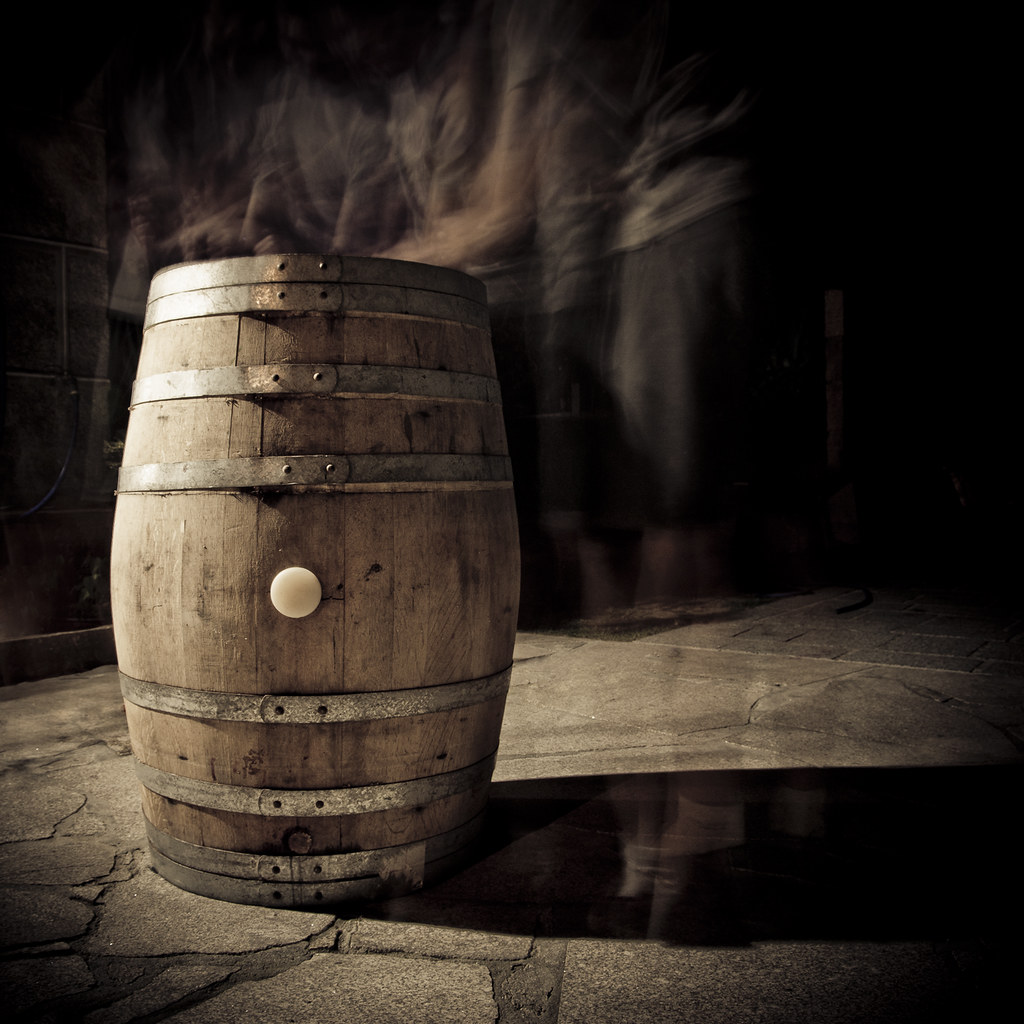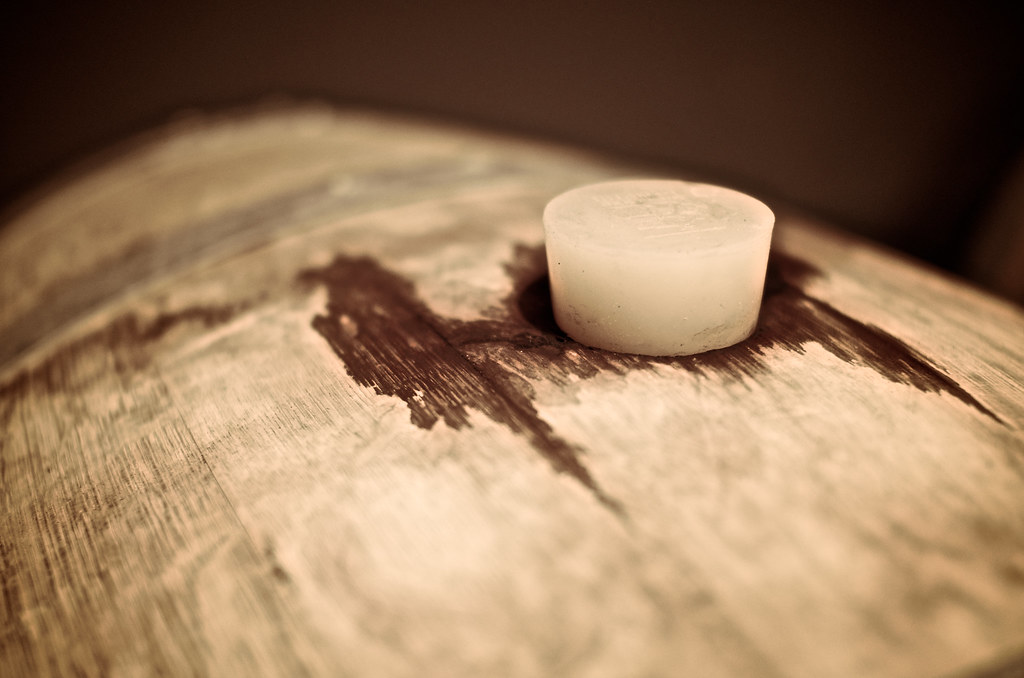Demand for sustainable wines has been on the rise in recent years, and surveys have indicated that consumers – particularly Millennials and Gen Z — are willing to pay more for sustainably-produced wines. [for more on that read this 2019 Forbes article).
While the wine industry’s contribution to the overall carbon footprint and impact on global climate change is relatively minor, it is still large enough that implementing climate change mitigation techniques would be helpful to the overall health of the environment.
The most widely-used method for calculating environmental impact of a product or industry is to study the Life Cycle Assessment (LCA), which evaluates the “cradle to grave” for one unit of product. We’ve covered LCA analysis for various aspects of the wine industry here on this blog, including the environmental impact of producing a single bottle of wine in Nova Scotia. a two-part piece highlighting the environmental impact of the wine distribution chain in the United States (Part I and Part II), the environmental impact of producing natural cork closures, the environmental impact of biodynamic versus conventional viticulture practices, and the environmental impact of growing native versus introduced grapes.
There are many ways one can improve the sustainability of one’s winery, the decision on where to improve stemming from a variety of factors, including but not limited to resource availability and cost.
One small portion of the overall wine bottle carbon footprint that one may not immediately think about is the cleaning of barrels that are used for fermentation and aging. During fermentation and after aging, tartaric acid crystals, dead yeasts, and other solids accumulate inside of the barrel. This creates a layer between the wine and the wood, which prevents the wine from taking on the desired sensory characteristics of the wood. As a result of this, cleaning and disinfecting of the barrels must occur.

Water use is a big part of this process, as is various energy expenditures and sometimes chemical disinfectants. One of the more commonly used techniques for cleaning and disinfecting wine barrels is using pressurized hot water (90oC) and high-pressure water vapor (105oC-130oC). Other methods of cleaning/disinfecting wine barrels (some of which may or may not be used anymore) include: scraping, detergents, sulfur-dioxide, ozone, microwaves, dry ice/carbon dioxide, solid CO2 pellets, and negative oxygen (this last one is in experimental stages).
A new study, available online since January 2020 in the journal Innovative Food Science and Emerging Technologies, aimed to examine and compare the environmental impact of four of the more commonly used barrel cleaning/disinfecting techniques using LCA analysis.
Brief Methods
The four barrel cleaning/disinfecting techniques compared in this LCA analysis were:
- Pressurized water + Sulfur dioxide (SO2) wick
- Water vapor + SO2
- Ozone
- Carbon dioxide (CO2) (using dry ice exposure)
The functional unit of study was the 225L oak barrel.
The system boundaries of study were everything needed to perform the cleaning/disinfecting process without transportation after the process was complete.
Factors included in LCA analysis were:
- Electricity consumption of machinery used
- Transportation of the barrels during the cleaning process
- Products used in the cleaning/disinfecting
- Emissions produced by labor
- Consumption of materials and resources during cleaning
Factors NOT included in LCA analysis were: transportation of barrels, set-up of the machines used for cleaning, maintenance of the machines used for cleaning, and storage of the barrels after cleaning was complete.
8 different LCA methodologies were run and compared.

Selected Results
- Water
vapor + SO2 cleaning technique had the greatest environmental impact
in all categories analyzed, with the exception of the global warming category.
- Water vapor + SO2 had up to 5 times higher environmental impact in most of the categories analyzed (see below for some category examples).
- This technique likely had the greatest environmental impact since it uses both cold and hot water, as well as using machinery that consumes energy to produce water vapor.
- CO2
cleaning technique had the lowest environmental impact in all categories
analyzed, with the exception of the global warming category (which is not
surprising since CO2 waste is released into the atmosphere with this
technique).
- Environmental impact of the CO2 cleaning technique was between 2.6 and 3.5 times lower than the other treatments for the majority of the categories analyzed.
- Global warming impact of the CO2 cleaning technique was 2 times higher than the lowest impact in this category.
- Other categories tested where CO2
had the lowest environmental impact included:
- Water resources
- Water pollutants
- Persistent organic pollutants (POP) in water
- Heavy metals in water
- Radioactive substances in water
- Ozone and pressurized water + SO2 techniques had moderate environmental impact (and were similar in impact to each other).
- The pressurized water + SO2 cleaning technique had the lowest environmental impact in the global warming category.
Conclusions
Overall, this study found that out of the four barrel cleaning/disinfecting techniques examined, the CO2 technique was the most environmentally friendly (i.e. lowest environmental impact) based on LCA analysis. Of course, the CO2 technique did not have the lowest environmental impact in the global warming category (it was 2 times higher than the lowest impact), it scored the lowest impact for all other categories studied by a factor of between 2.6 and 3.5.
The authors of the study concluded that this is the order of overall environmental impact, from lowest to highest:
CO2 > Pressurized water + SO2 > Ozone > Water vapor + SO2
Though it is not clear how much of the overall production of a bottle of wine the barrel cleaning process affects carbon footprint, this study provides some information for those that might be dabbling with the idea of changing barrel cleaning methods to one that might be a little bit more environmentally friendly and sustainable.
Source:
García-Alcaraz, J.L., Montalvo, F.F., Cámara, E.M., Sáenz-Diez Muro, J.C., Jiménez-Macías, E., and Blanco-Fernndez, J. 2020. Comparative environmental impact analysis of techniques for cleaning wood barrels. Innovative Food Science and Emerging Technologies 60: 102301.

1 comment for “Environmental Impact Assessment of Four Common Wine Barrel Cleaning Techniques”